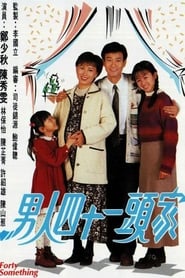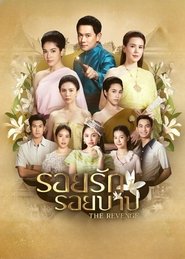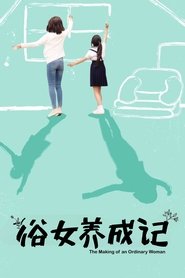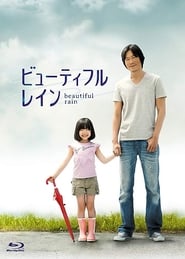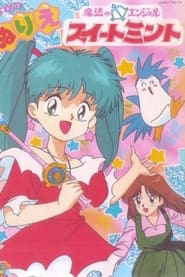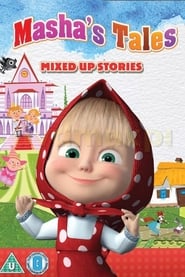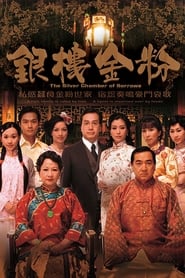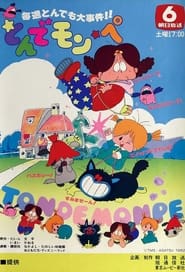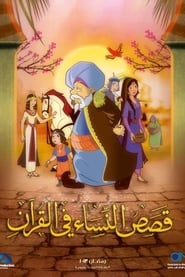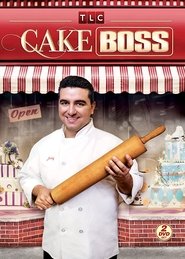Popular Family TV Series on Pantaflix - Page 63
-
Oh My Baby
2020
Oh My Baby
2020
star 5A 39-year-old single woman who wants to have a child without getting married. She has three men in her radar and has trouble choosing between them. They walk into her life when she’s already hopeless about love and marriage. -
Forty Something
1995
Forty Something
1995
The story revolves around Yeung Chung-tak, who has dedicated twenty years of his life to the household electronics division of the family business, Yip Fook Trading. Unfortunately, as the business evolves, he realizes that his position as vice-manager is the furthest he can go, as outsiders cannot become part of the family business. Still, Chung-tak is content with his life, as his true focus has always been on his family. Chung-tak's happy marriage to his wife, Wong Oi-lin, is challenged when a switch of apartments and changes in the company bring unexpected crises into their lives. They have two daughters, and together, they strive to overcome the challenges and rescue their peaceful life. The story explores how Chung-tak confronts these trials and their outcome. -
Future Folktales
2020
Future Folktales
2020
star 8.5In 2050 Riyadh, elder Asma's richly captivating storytelling transports her cherished grandchildren to fabled times where they learn that modern-day dilemmas are no match for the trials, tribulations and words of wisdom passed from generation to generation through their fascinating folktales. -
The Revenge
2024
The Revenge
2024
Raya who comes from an aristocratic family was married to womanizer Phraya Wisut. She seems to be a saint who is kind and giving but is actually evil and merciless. When she finds a new girl who has caught the attention of her husband, she plans to get rid of the other wife, Juan, who was born as a slave in Wisut house. -
The Making of an Ordinary Woman
2019
star 8.6A story of a woman born in 60s grew up in a Chinese herbal medicine store in southern Taiwan. Love, marriage, and seniority in human relationships around her collide together, leading to a different aspect of life. -
Merry Go Round
2003
Merry Go Round
2003
This drama follow the lives of two young sisters as they grow from children to adults. They each face many twists and turns before achieving true happiness. -
The Town Doctor
2022
The Town Doctor
2022
star 7.7Medical drama series, local adaptation of the Korean scripted format “Dr. Romantic”, centering on a genius doctor with an accomplished career who somehow ends up leaving it all behind to be a neighborhood doctor in a small town where he meets some younger doctors and becomes a mentor to them. -
A Hundred Year Legacy
2013
star 5.5A warm-hearted family drama about a three-generation family and their noodle factory that they operate in the outskirts of Seoul. -
Beautiful Rain
2012
Beautiful Rain
2012
star 7A young daughter (Mana Ashida) supports her father (Etsushi Toyokawa) who is diagnosed with Alzheimer's disease. -
Dear Parents
2021
Dear Parents
2021
star 1A story of a blended family follows Liu Bi Yun and Jiang Tian Huai who became husband and wife in their second marriage. Each with children of their own, they not only face outside challenges in their career but also have to handle family members with very different personalities. They return to the city after ten years of separation. Liu Bi Yun's stepdaughter Jiang Mei and grandma are the instigators of many conflicts within the family but Liu Bi Yun never takes it to heart as she tries to be a good mother and a good influence -
Mae Pla Boo
2025
Mae Pla Boo
2025
In ancient Varanasi, jealousy between two sisters leads to betrayal, a deadly love spell, and the tragic death of the elder sister Kanitha, whose spirit returns as a golden goby fish to watch over her daughter Euay. -
Bicho do Mato
2006
-
When Spring Comes
2024
-
Magical Angel Sweet Mint
1990
star 1Magical Angel Sweet Mint is a magical girl anime TV series produced by Ashi Production and aired from 1990-05-02 to 1991-03-27 on TV Tokyo. The program aired from 6:00-6:30pm on Wednesdays. -
Family Feud Canada
2019
Family Feud Canada
2019
star 4.8We asked 100 game show-loving Canadians: Name the only iconic TV show featuring two Canadian families competing to guess popular answers to fun survey questions. Top answer on the board? Survey says...get ready for Family Feud Canada! -
Masha's tales
2012
Masha's tales
2012
star 5.9Masha, it turns out, loves to tell stories! And she tells them, as would any child with creativity, a little in her own way - because children see the world, not as we, adults. -
The Silver Chamber of Sorrows
2008
star 6Sheung's Silver Chamber, the largest jewel company in Foshan, Guangdong Province China, is facing serious financial difficulties. In order to obtain a loan from Shum’s family, Sheung Hang (Paul Chun), owner of the Chamber, together with his primary wife, Choi Siu-Tip (Nancy Sit Ka Yin), plot to arrange marriage between Sheung Wan (Ng Wai Kwok), Hang’s younger brother, and Shum Wing-Tung (Winnie Young), daughter of Shum’s family. Fueled by hatred, Ching Sau-Hang (Christine Ng), Wan’s lover, marries Hang and ironically becomes Wan’s sister-in-law. Wan falls out with Hang, and opts to live abroad and disconnects from his family. -
Tonde Mon Pe
1982
Tonde Mon Pe
1982
Fifteen-year-old country girl Mon-Mon dreams of being a fashion designer and gets a job as an au pair to a rising star designer, Mrs. Kano, her baby girl PePe, and her silly writer husband. But PePe can make toys and animals do very odd things. Mon's employers don't seem to notice anything odd is going on, and she finds her dream job turning into a chaotically cute trial of wits she has no chance of winning. She's a sweet girl, hardworking and kind, but very unsophisticated and simply not used to walking teddy bears and talking stuffed animals. She eventually decides to leave her job and go home, but psychic baby PePe, who has come to love her, finds a way to make sure she stays. -
Stories In Quran
2011
Stories In Quran
2011
-
Cake Boss
2009
Cake Boss
2009
star 7.5Follows the operations of Carlo's Bakery, a family-owned business in Hoboken, New Jersey owned and operated by siblings Buddy Valastro, Lisa Valastro, Maddalena Castano, Grace Faugno and Mary Sciarrone. The show focuses on how they make their cakes, and the interpersonal relationships among the various family members and other employees who work at the shop.
 Netflix
Netflix
 Amazon Prime Video
Amazon Prime Video
 Apple iTunes
Apple iTunes
 Apple TV Plus
Apple TV Plus
 Disney Plus
Disney Plus
 Google Play Movies
Google Play Movies
 Paramount Plus
Paramount Plus
 Hulu
Hulu
 HBO Max
HBO Max
 YouTube
YouTube
 fuboTV
fuboTV
 Peacock
Peacock
 Peacock Premium
Peacock Premium
 Amazon Video
Amazon Video
 The Roku Channel
The Roku Channel
 AMC+
AMC+
 Kocowa
Kocowa
 Hoopla
Hoopla
 The CW
The CW
 Vudu
Vudu
 Starz
Starz
 Showtime
Showtime
 PBS
PBS
 Pantaflix
Pantaflix
 FXNow
FXNow
 Tubi TV
Tubi TV
 Kanopy
Kanopy
 Comedy Central
Comedy Central
 Crunchyroll
Crunchyroll
 Microsoft Store
Microsoft Store
 Redbox
Redbox
 Sun Nxt
Sun Nxt
 ABC
ABC
 DIRECTV
DIRECTV
 Crackle
Crackle
 Fandor
Fandor
 Plex
Plex

